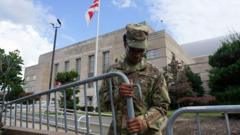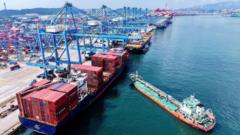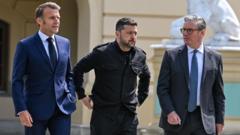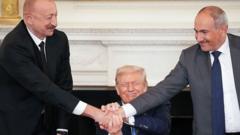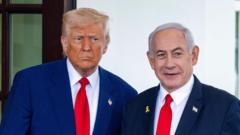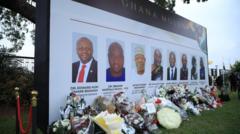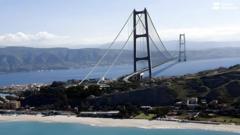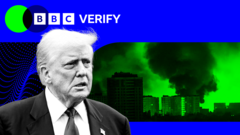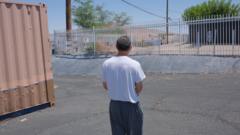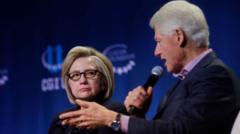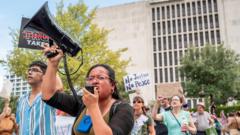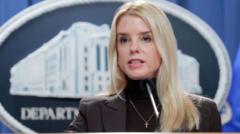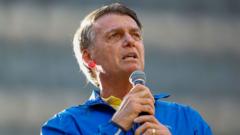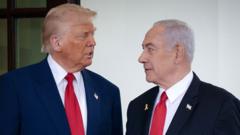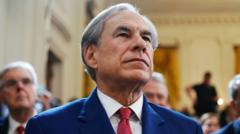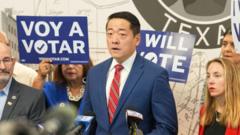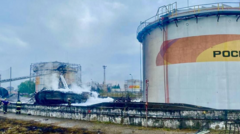In a momentous return to office, Donald Trump is anticipated to unleash a barrage of over 200 executive actions on his first day. Historically, executive orders empower the president to influence policy directly, bypassing the legislative process. These orders can range from high-profile decisions, like initiating military contracts or altering immigration protocols, to routine administrative tasks. For example, Trump is expected to address initiatives in artificial intelligence, establish a new Department of Government Efficiency (Doge), facilitate the release of records from the 1963 Kennedy assassination, and implement a missile defense initiative while abolishing diversity policies in the military.
What Are Executive Orders? An Inside Look at Presidential Power
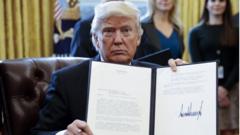
What Are Executive Orders? An Inside Look at Presidential Power
Executive orders are a significant mechanism for U.S. presidents to enact policy without Congressional approval, playing a crucial role in shaping governmental direction.
Article II of the U.S. Constitution grants the presidency the authority for these orders, allowing for unilateral action particularly in times of crisis or when Congress is inactive. Notably, past presidents such as Franklin D. Roosevelt issued thousands of executive orders to respond to urgent national issues. However, these orders often attract scrutiny and controversy for circumventing legislative debate. Various legal challenges have arisen from executive actions, with courts reviewing their legality and Congress possessing the ability to nullify them, albeit against presidential veto power.
The nature of executive orders, along with the political sensitivity surrounding them, continues to be a focal point in American governance. As Trump re-enters the Oval Office, the stage is set for a dynamic reshaping of U.S. policy through executive authority, reflecting his agenda and broader political implications. As the landscape evolves, observers will be keen to monitor how these actions impact domestic and international arenas alike.
The nature of executive orders, along with the political sensitivity surrounding them, continues to be a focal point in American governance. As Trump re-enters the Oval Office, the stage is set for a dynamic reshaping of U.S. policy through executive authority, reflecting his agenda and broader political implications. As the landscape evolves, observers will be keen to monitor how these actions impact domestic and international arenas alike.

